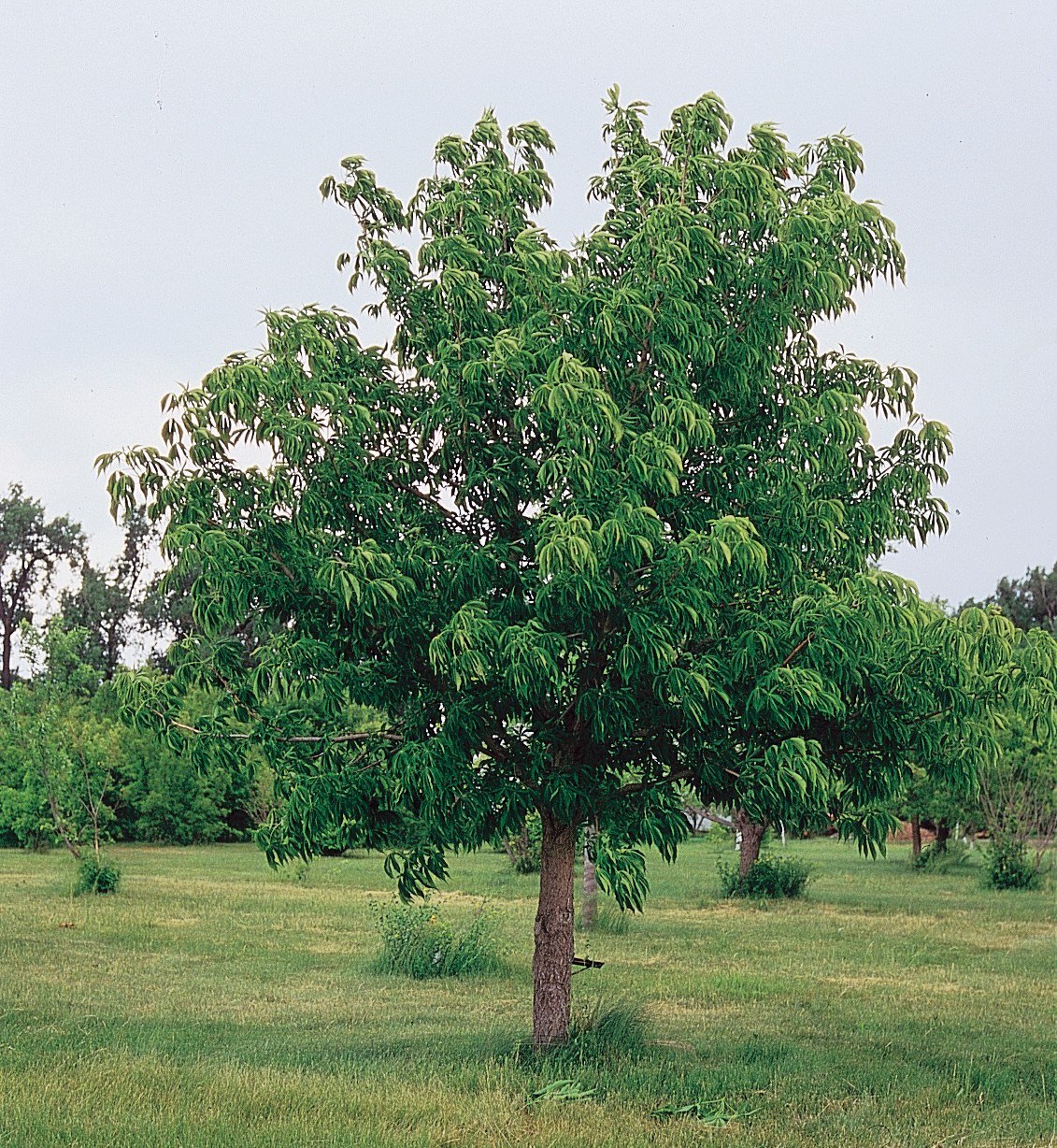ohio buckeye tree scientific name
Buckeye trees grow between 12 and 40 ft. Ohio buckeye stinking buckeye.
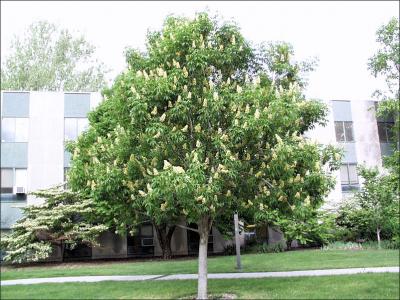
Tree Of The Month Ohio Buckeye Reforest London
Species in this family range from medium shrubs to large trees.
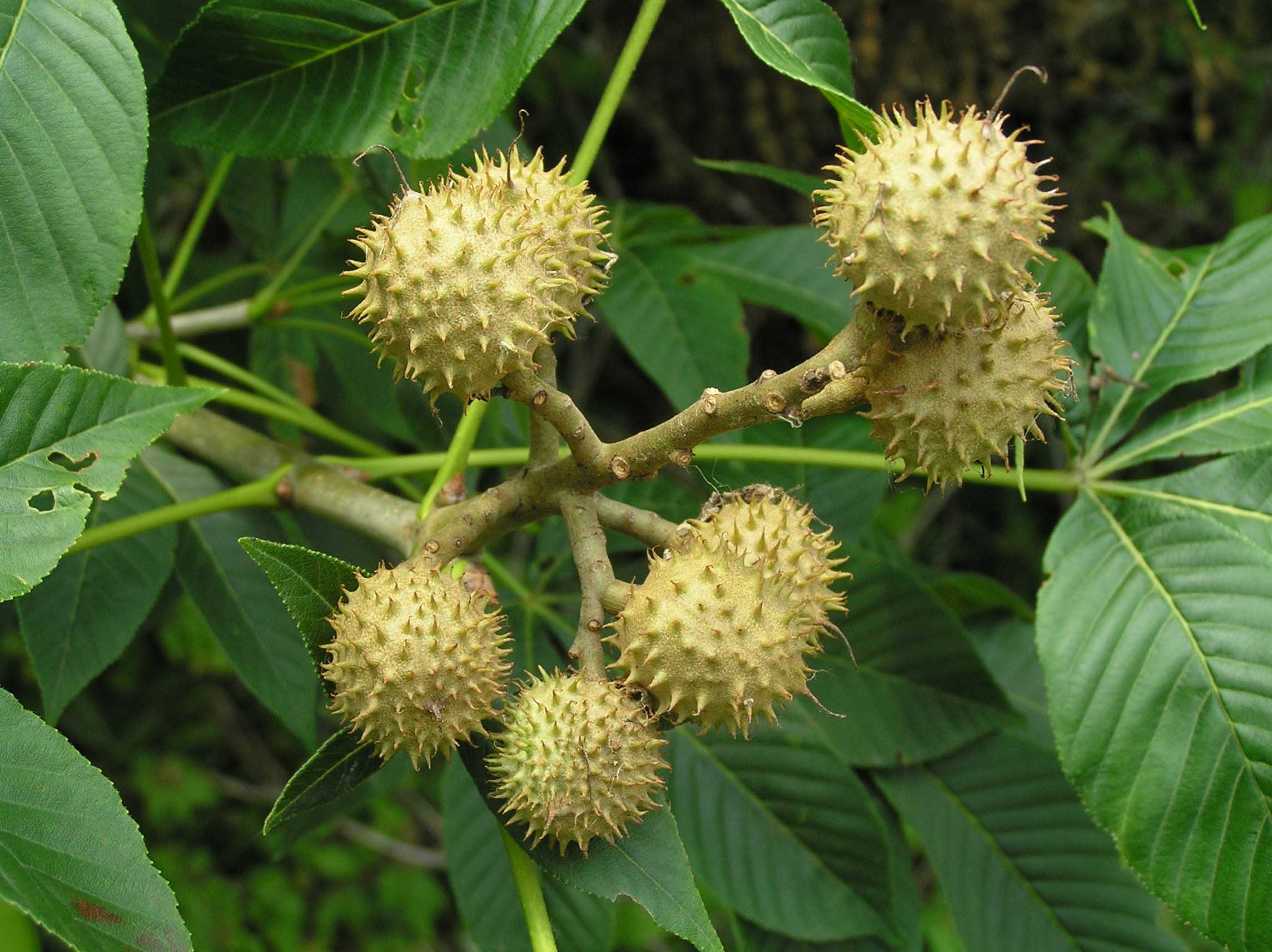
. Hardiness Zones 4 to 7. The most popular buckeye is the species Aesculus glabra or Ohio buckeye tree. Midwest US Great Plains.
Another important concept is differenti-ating between simple and compound leaves. Leaves are opposite palm-shaped compound with usually 7 leaflets. The wood is lightweight and easily worked and has been used to make prosthetic limbs.
20 to 40 ft. Midwest and eastern United States. The most-notable species is the Ohio buckeye A.
Ohio Buckeye Aesculus glabra Description. Are Ohio Buckeye Trees Native To Missouri. Hippocastanum an ornamental widely planted in the northeast and northwest.
The Ohio buckeye is a medium-sized tree that sometimes grows to heights of 70 feet but is usually shorter. Growing in the open it can reach 70 ft 21 m in height but as a native understory tree its often only half that. Ohio buckeye can be a shrub or a medium-sized tree depending on site conditions with branches drooping with upcurved ends.
It is native primarily to the Midwestern and lower Great Plains regions of the United States extending southeast into the Nashville Basin. OHIO BUCKEYE - AESCULUS GLABRA. This tree is about 40-60 tall forming a single trunk about 1-2 across and a much-branched ovoid crown.
Aesculus glabra Related to the European horse chestnut the Ohio Buckeye is a rounded deciduous tree with low sweeping branches that arch upwards at the ends and dense foliage. Leaflets 46 inches long 1½2½ inches wide broadest in the middle margin finely toothed. Lower surface paler smooth.
A cultivar with superior resistance to leaf blotch leaf scorch and powdery mildew. Well known species include various buckeyes and horse chestnut A. There are six kingdoms.
It is a drought-adaptive tree using less water during drought. Most Ohio tree species have alternate arrange-ment. Originally from western Pennsylvania to Iowa to Alabama and Arkansas the species commonly called Ohio buckeye was first discovered here.
50-75 ft 15-23 m tall 1-15 ft 3-5 m trunk diameter. Ohio buckeye is a member of the Hippocastenaceae the Horse Chestnut family. The tree is called the buckeye because its nuts resemble the shape and color of a deers eye.
Glabra also called fetid or Texas buckeye which is primarily found in the Midwestern region of the United StatesThe tree grows up to 21 metres 70 feet in height and has twigs and leaves that yield an unpleasant odour when crushed. The bark of young stems and branches is dark-brown and scaly. 325 lbsft 3 520 kgm 3 Specific Gravity Basic 12 MC44 52.
Ohio Buckeye Kingdom and all the other plant kingdom are Plantae. Steyermark indicates it occurs in a range of rich rocky woods valleys and ravines bluff bases slopes and thickets throughout the Missouri state. The trunk bark is gray and rough-textured becoming scaly warty and slightly furrowed with age.
SPECIES POISONOUS PLANTS Illinois Grazing Manual Fact Sheet more y Ohio Buckeye Plants of wooded and old woodland pastures Plant Characteristics Aesculus glabra Willd. A Chicagoland Grows introduction. The palmately compound leaves feature five to seven leaflets and turn orange to.
20 to 40 ft. Reliable red fall color and low fruit production. However it is scattered throughout the eastern half of the state except in extreme northeastern and extreme southeastern Ohio.
Its form is rounded and its large leaves and low branching provide a dense shade. In 1953 the Ohio Legislature designated the Ohio Buckeye Aesculus glabra as Ohios official state tree. Plantae Animalia Fungi Protista ArchaeaArchaeabacteria and Bacteria Eubacteria.
Ohio Buckeye Aesculus glabra Willd By David Taylor. 770 lb f 3430 N. Early Glow Ohio buckeye Aesculus glabra JN.
Ohio Buckeye The tree species Aesculus glabra is commonly known as Ohio buckeye American buckeye or fetid buckeyeA. 35 12 m tall. Ohio buckeye Aesculus glabra the state tree of Ohio is found primarily as an understory tree in the western half of Ohio where the soils are more alkaline in pH.
Simple leaves have a single leaf blade while. This slow growing tree rarely reaching heights over 40 feet in Colorado is native from Pennsylvania to Nebraska. Bark is dark brown.
The tree is widespread in Ohio and the fruit purportedly resembles the eye of a buck hence the name Ohio Buckeye. All parts of Ohio Buckeye are poisonous and should never be ingested. Along with the scientific name and classification of Ohio Buckeye know about other Ohio Buckeye Facts.
Upper surface bluish- or grass green. Glabra is one of 1319 species of Aesculus. The buckeye is relatively common in Ohio growing especially well along rivers and streams and in floodplains.
Buckeyes are common trees in North America. To remember the few tree species that have opposite arrangement use the mnemonic of MAD BUCK maple ash dogwood and buck-eye. The buckeye tree has also provided Ohioans with their principal.
At optimal sites larger trees have been found exceeding 70 tall. Buckeye is a variety of ornamental trees in the genus Aesculus and family Sapindaceae. There are four main varieties of buckeye trees.
Its availability may be limited.
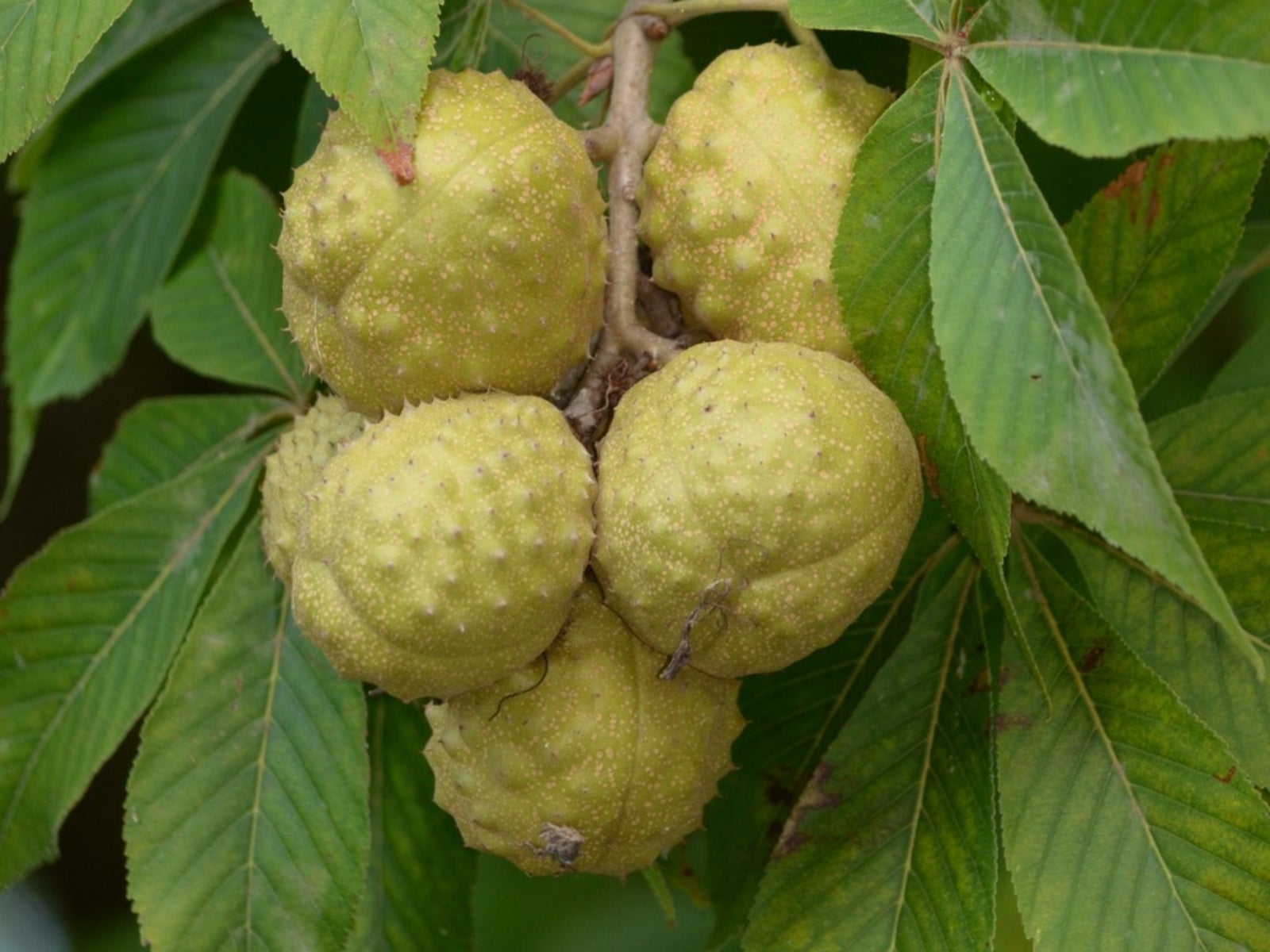
Ohio Buckeye Trees In The Landscape How To Plant A Buckeye Tree
Ohio Buckeye Medicinal Herb Info

Ohio Buckeye Purdue Fort Wayne
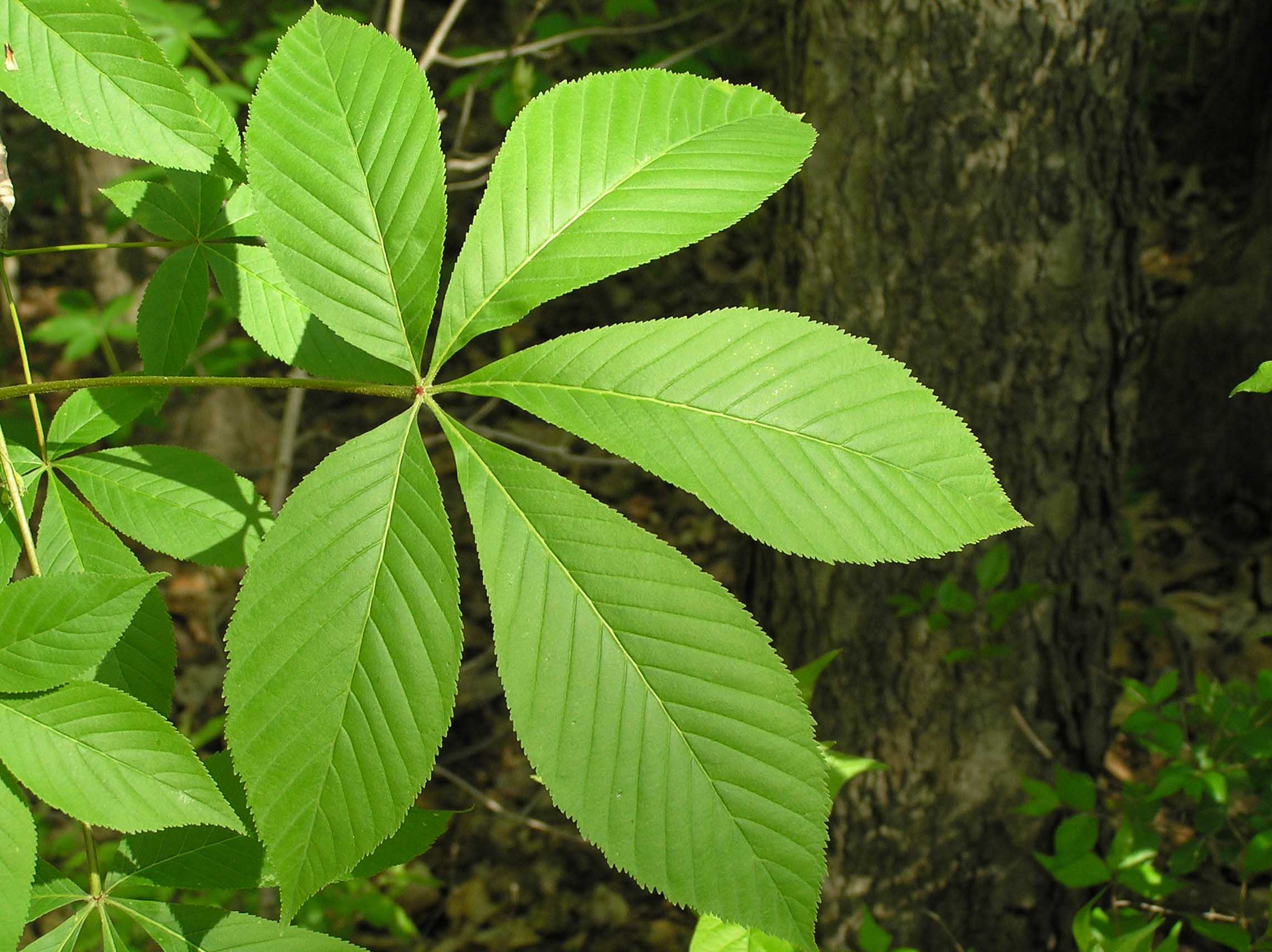
Ohio Buckeye Purdue Fort Wayne


